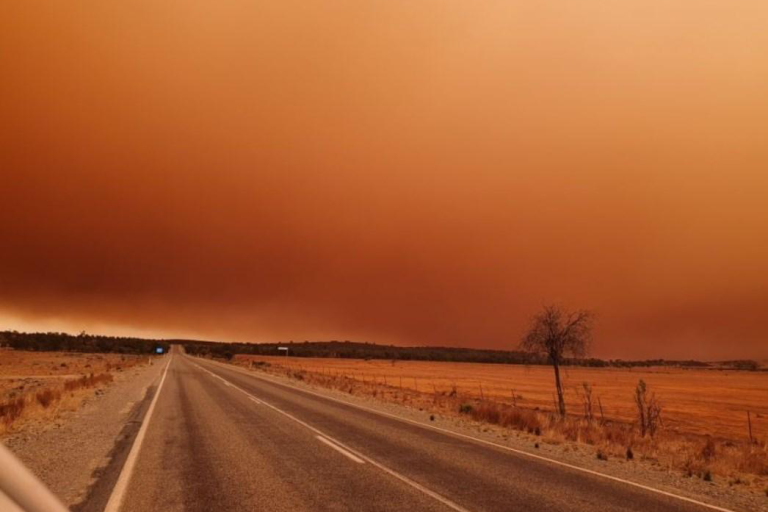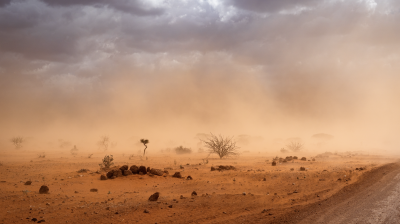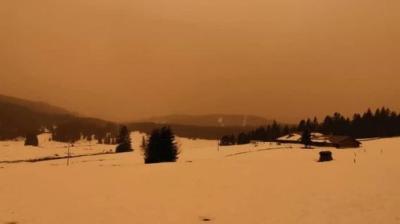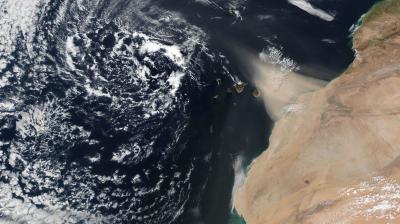WMO Airborne Dust Bulletin No. 4 – May 2020

The fourth Airborne Dust Bulletin reports on the incidence and hazards of sand and dust storms in 2019, which have been highlighted by a massive Saharan plume which has blanketed many parts of the Caribbean. A pronounced dust belt, composed of primary dust sources, including northern and Central Africa, the Arabian Peninsula, northern India, Central Asia, and the deserts in north-western and northern China could clearly be seen in the northern hemisphere.
This dust plume arrived from North Africa in the Eastern Caribbean on June 17. It has since affected a wide spatial extent of the greater Caribbean area, from the southeast Caribbean just off the northern coast of South America and as far north and west as the Yucatan Peninsula of Mexico.
The dust storm has darkened skies, contaminated rainwater and greatly reduced visibility. It also poses a significant health hazard. African dust blows across the Atlantic every year. But this year the event is particularly intense and extensive.
About the series
The annual WMO Airborne Dust Bulletin reports on the incidence and hazards of sand and dust storms, which have a major impact on air quality, health, the environment, agriculture and economies.
Every year, around 2,000 million tons of dust enters the atmosphere and can be transported for hundreds of kilometers. Much of this is a natural process, but a large part of it is the result of poor water and land management.
Forecasts have improved greatly thanks to the WMO Global Sand and Dust Storm Warning Advisory and Assessment System, which coordinates international sand and dust research and has operational regional centres.




